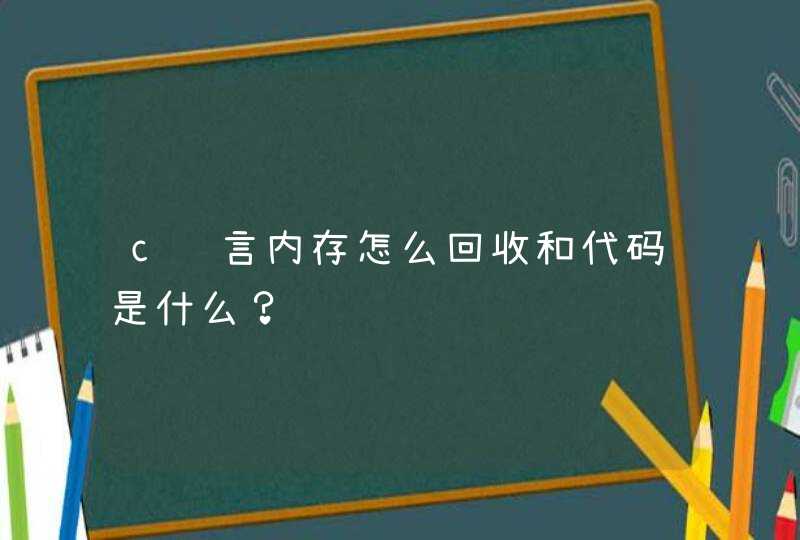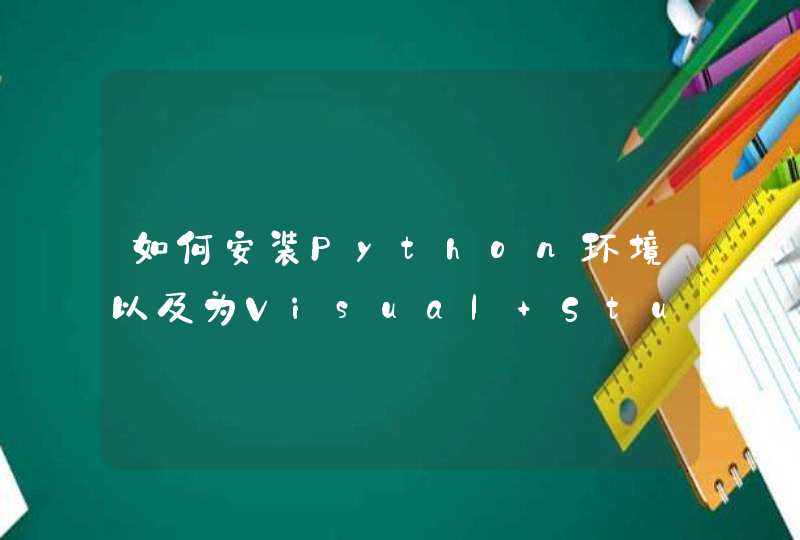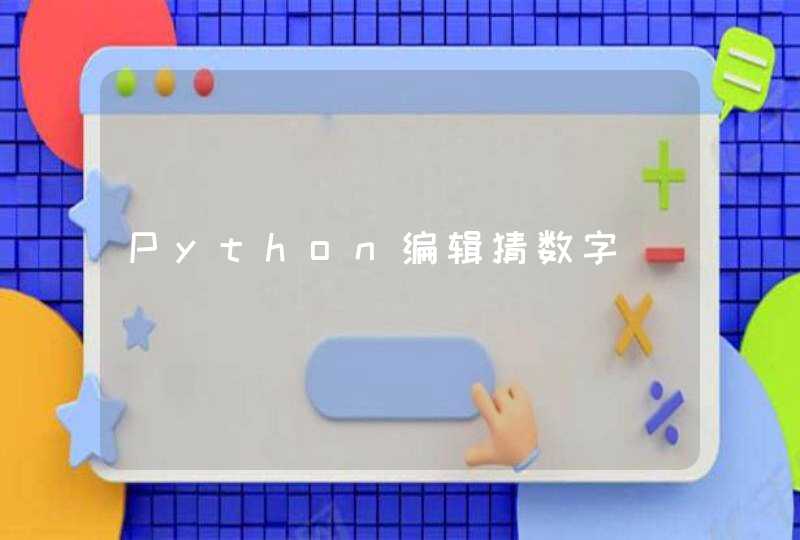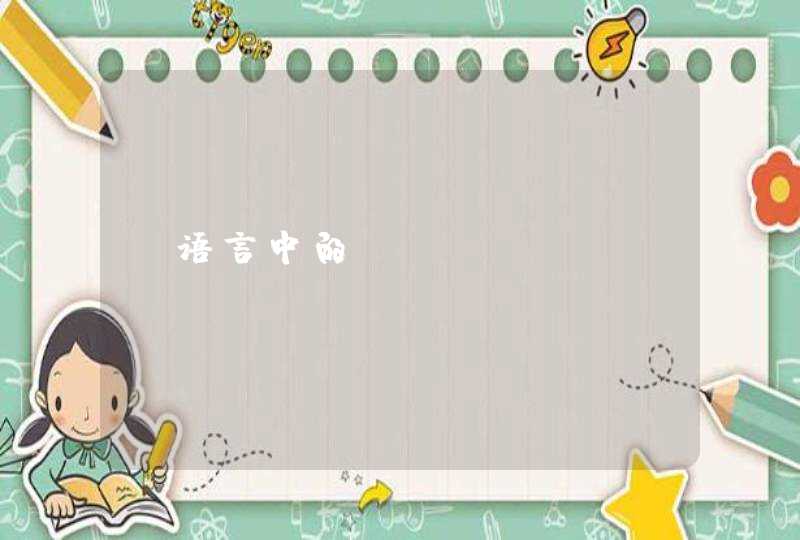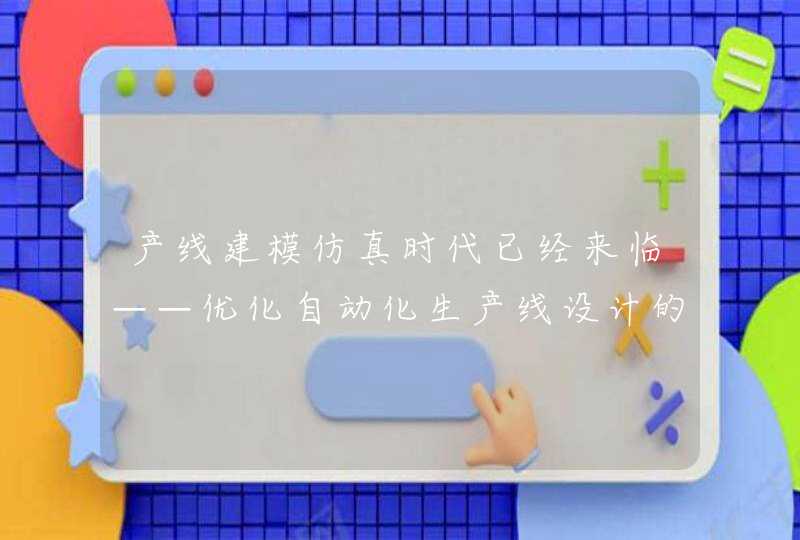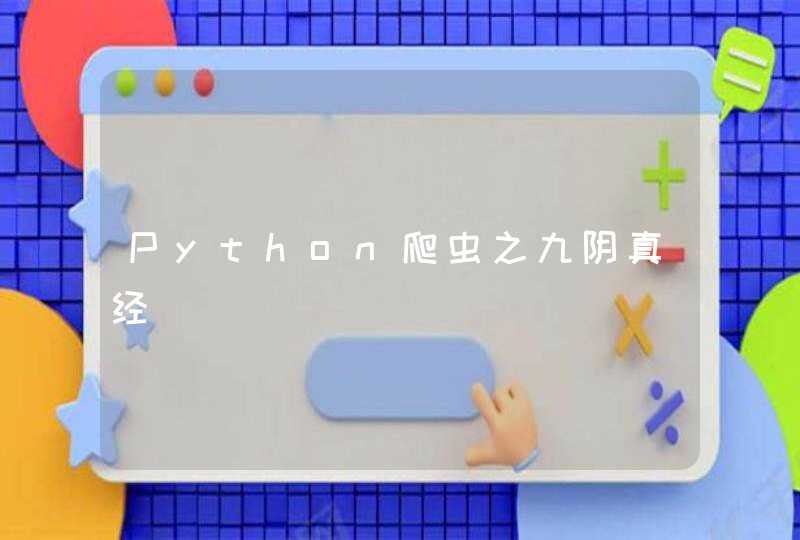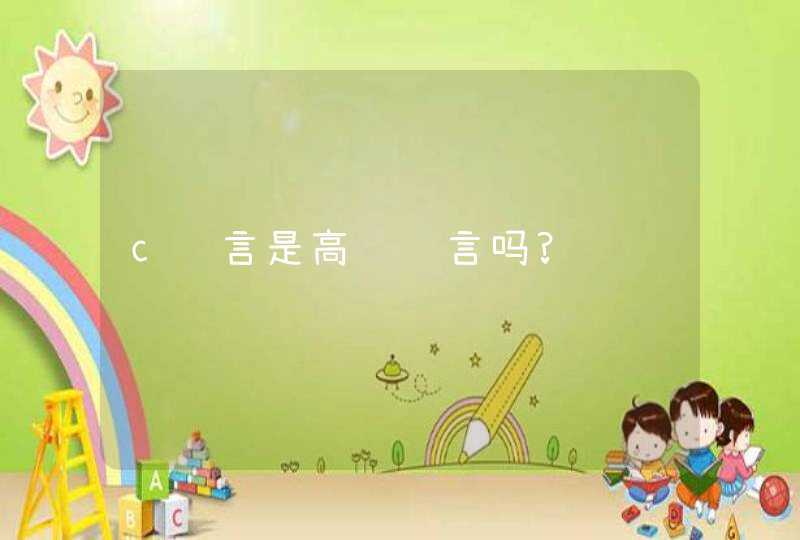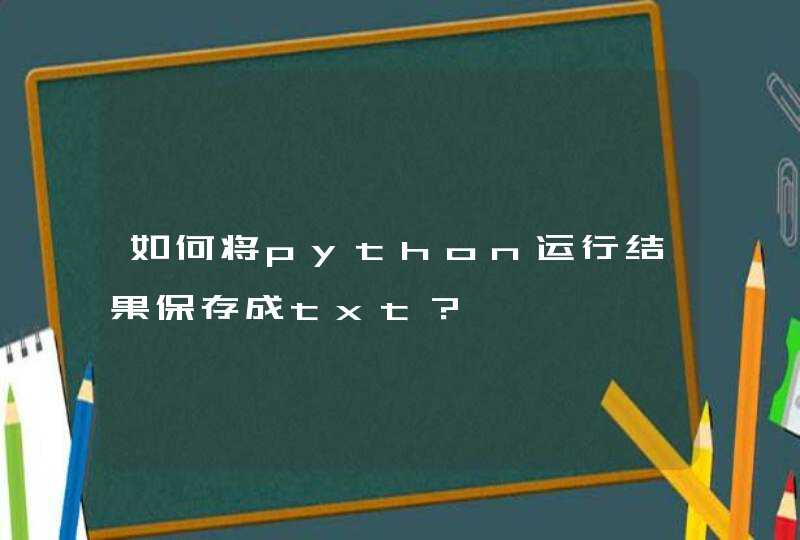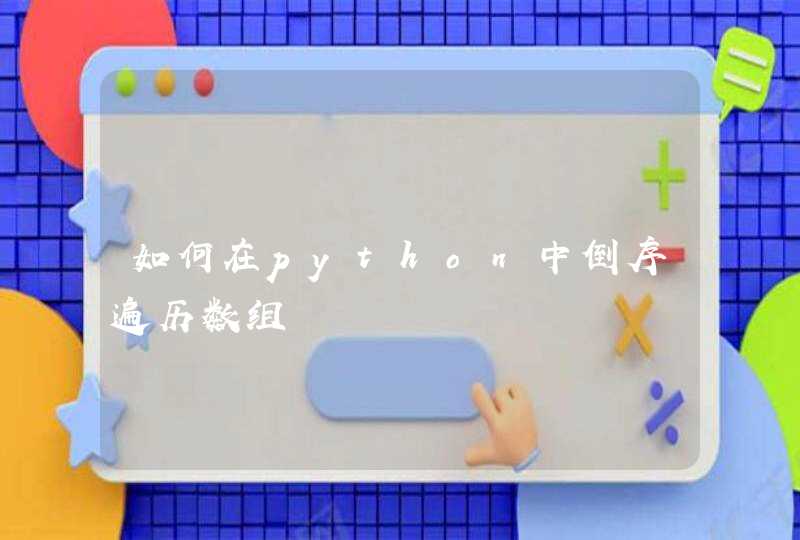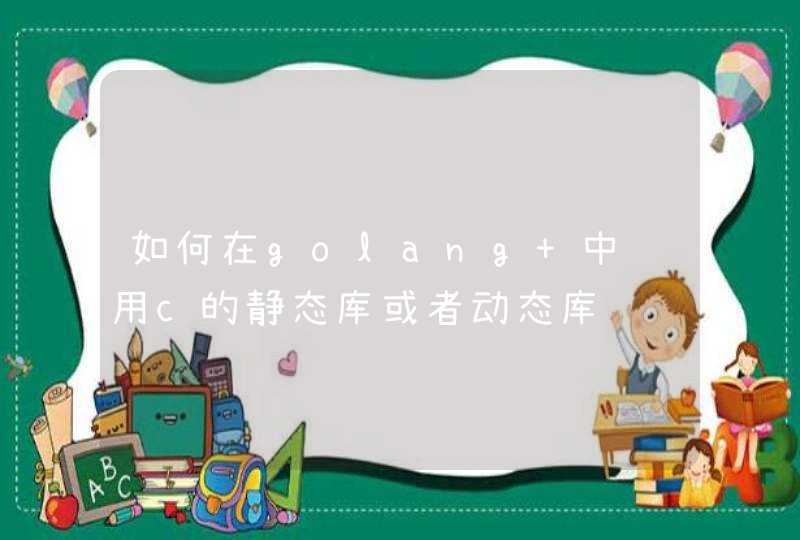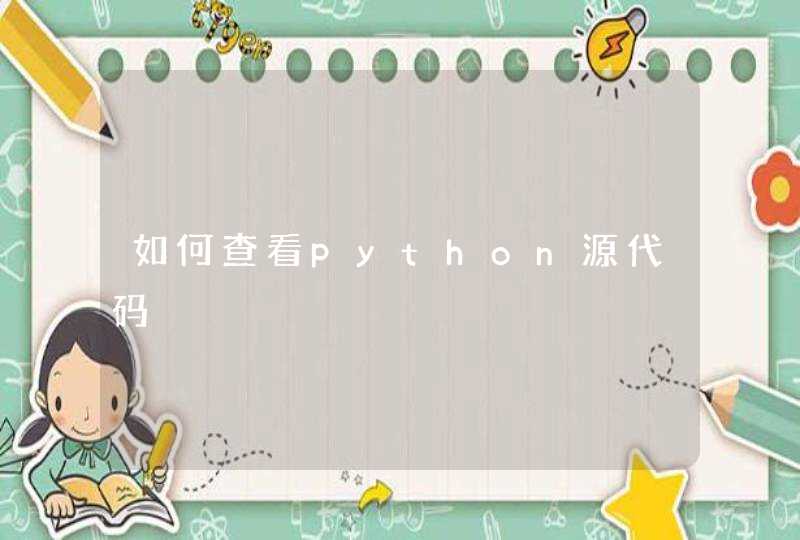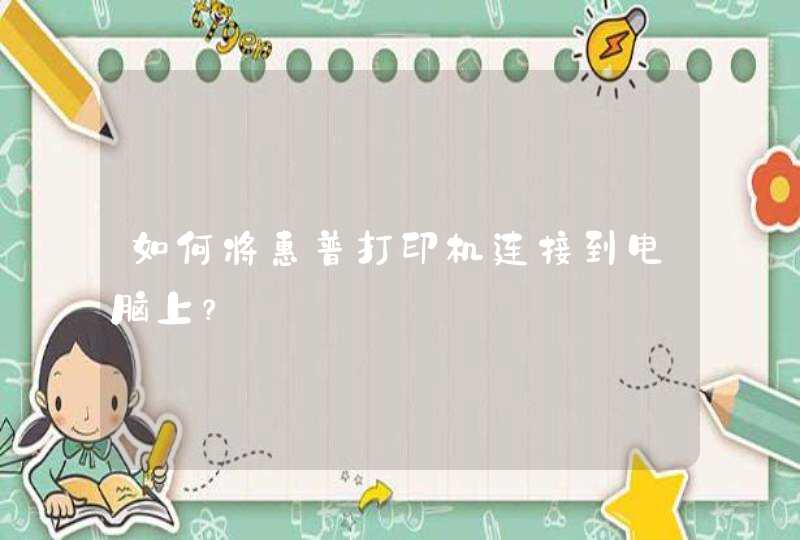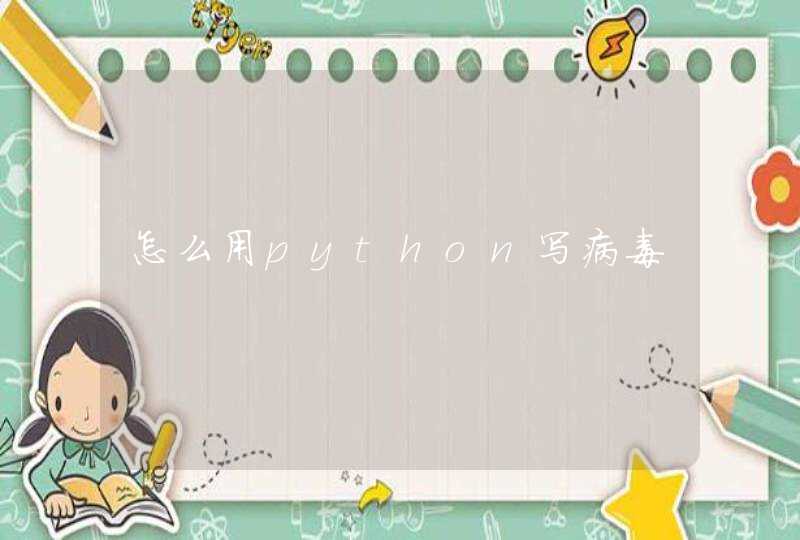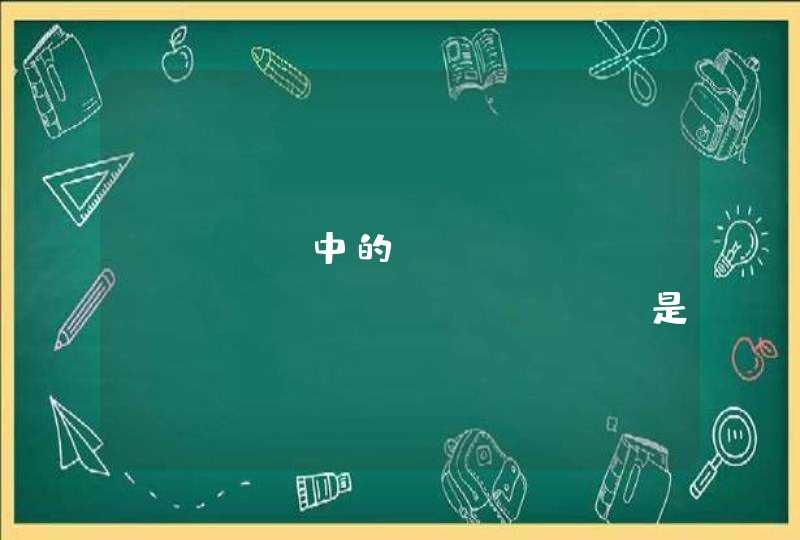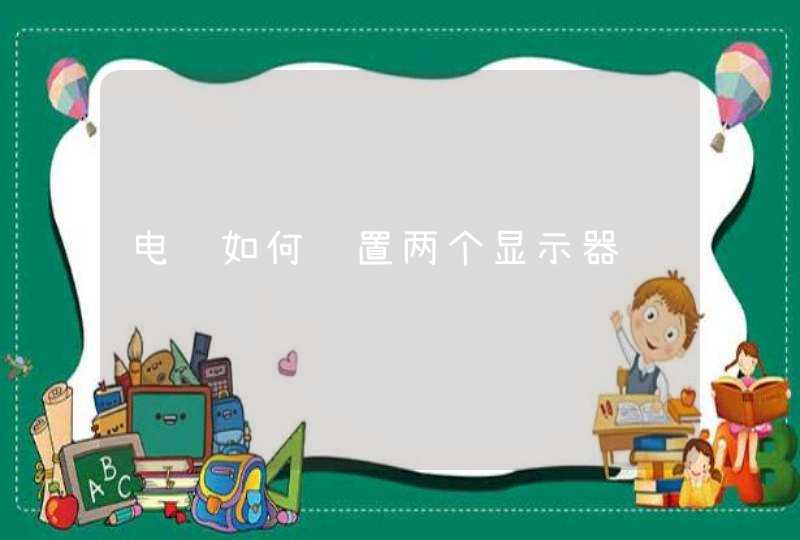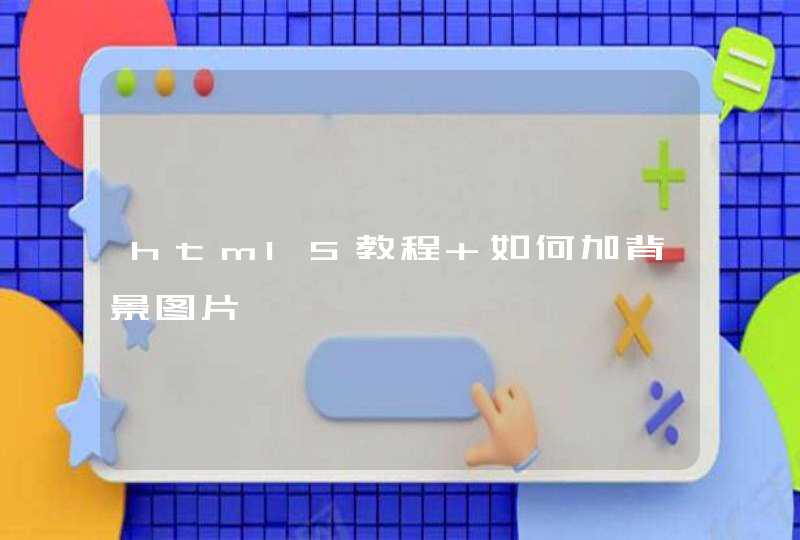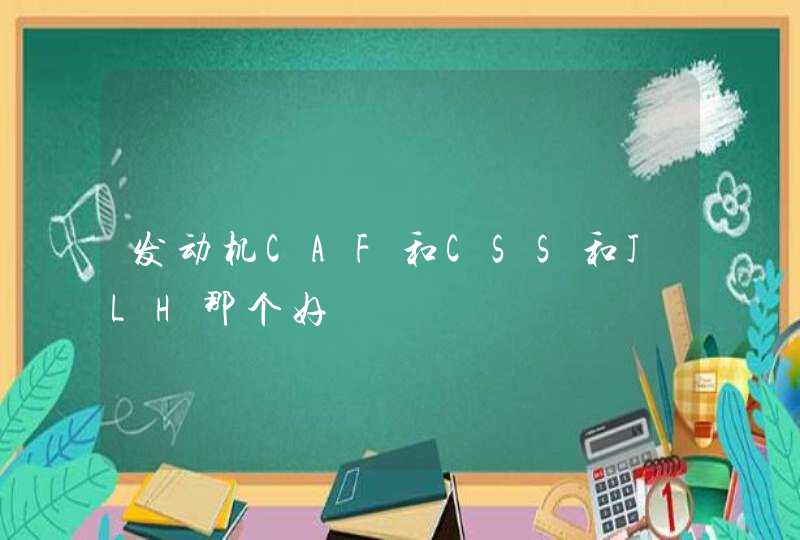
Go straight on英语教案:
教学目标:
1、培养学生自主参与语言实践活动,在活动中树立 英语学习 的信心,增强学生对英语学习的兴趣。
2、 培养学生听、说、读的能力以及交际的能力。
3、去掌握问路和指路的句型。
教学重点:
To practice the dialogue
教学难点:
Act the dialogues
教学 方法 :
1.情景教学法
2.自主学习 合作探究
教学准备:
多媒体 录音机
教学过程:
一、新课导入
情景导入对话
1.迷路了,怎么办?是否有过问路或是为别人指路的经历。
学习问路的 句子 ,Excuse me,Where is No.2West Lake Road?(说明英语中的地址如何表达)
练习问路的句子
2. 描述方位让学生知道东南西北的单词。
二、听力训练
听录音,看图片
三、对话处理
教师在黑板上画出四条街道,并标出简单的英文名称,分别表“go straight on,turn right,turn ,left”(提醒”where”的用法。
四、学以致用
(一)练习对话,进行巩固。
(二)表演对话。
(三)做游戏
1 传纸团。
2 找礼物。
五、作业设计
1.背诵对话。
2.抄写单词。
3. 做练习册
Go straight on教学设计:
教材简介:
本课教授的是《新标准英语第三册》(三年级起点)第二模块第一单元,教学内容是与方向有关的句子和问路的礼貌用语。
学生分析:
本课学习对象是本校四年级学生,他们活泼上进,有一定的英语基础,喜欢合作学习,有良好的课堂合作学习习惯,能静能动,集体观念较强。
教学目标:
1、知识技能目标:1.会用“Excuse me,where’s…please?”问路。
2、会用“Go straight on.Turn left .Turn righ.”指路。
3、情感目标:培养学生懂礼貌的品质,请别人帮忙要用“Excuse me ”“ please”等礼貌用语。
教学重点:
用英文问路、指路。
教具准备:
课件、一张由学校到自己家的路线图、“Left、 Right” 舞曲影碟
教学理念:
1、教学中要循序渐进,符合学生的认知规律。
2、教学不仅要教书,还要育人,要培养学生良好的学习习惯和行为品质。
3、要引导学生通过感知、体验、实践、参与与合作等方式,实现任务的目标要引导他们学会用语言做事情。
教学过程:
一、Greeting
T:Hi.Boys snd girls.
Ss:Hello.Ms zhao
T:You look happy.How are you today?
Ss:Very well.Thank you .And you?
T:I’m very well.Excuse me,what day is today?
Ss:It’s Friday.
T:Excuse me,what’s the weather like?
Ss:It’s …
二、warmer
1、(Play the video)
T:Boys and girls.Do you like dancing? Good.Stand up ,please.Look and the screen, follow the music , let’s dance .教师在前面示范。
Left.Right.Go.Turn around .Go go go.
Left.Right. Go.Turn around .Go go go.
三、Presentation
1、T talk to S1
T:Excuse me,give me a pencil-box,please?
S1 Pass a pencil-box to T.
2、T pretend to drop the pencil-box.
T:The pencil-box is lost .Where’s my pencil-box ?(Ss poit to it)
3、T:Oh .Go straight on. Turn left .It’s here.Thank you.
4、T:Boys and girls ,now, we’re learning dicretions.
板书Module 2 Directions
Go straight on(画图标)。 Turn left(画图标) .Turn right(画图标)。
四、Learning and pratice
1、Act and say:Go straight on. Turn left .Turn right.
T:(Turn right)
Ss: Go straight on.…
2、Read the three sentences.
3、Contest:listen and act
每大组派一名成员上台,教师发出口令,用上刚才学过的句子。如果学生反应快,教师加快口令的速度,增加游戏的趣味性。两个或多个一组,一人发口令,任务完成后快速坐好。
5、Group show and comments
小组展示,大家评出最佳小组。
先是个别学生评价,“Excuse me,which group is the winner? ”然后统一评价意见。
6、Talk about the text:
T:(Show the picture)This dog is Doudou. He’s lost.(作丢失、不知道在哪儿的动作)。
7、T:Where’s the dog’s house:?Please look at the screen, you will find the answer.
8、播放课件
Look.Sam.This dog is lost.My name is Doudou.I live in No. 2 West Lake Road.
9、S1 tells T where the dog’s house is.
10、Read
No. 2 West Lake Road.
11、Continue to watch the flash
Excuse me,Where’s No. 2 West Lake Road,please?
12、T:Excuse me,Where’s No. 2 West Lake Road,please?( 板书 )Do you know?
如果学生说出答案,教师不要急于表态,引导同学们看课件检查如回答不出,教师鼓励学生认真在课件中寻找答案。
13.Read the sentences
Turn left.Go straight on.Turn right.It’s next to a supermarket.
14.Read in role
A:Excuse me,Where’s No. 2 West Lake Road,please?
B:Turn left.Go straight on.Turn right.It’s next to a supermarket.
把Unit 1课件看完 .
五、task
1.Task 1:SB activity 3:find and say
A:Excuse me,where’s the supermarket ,please?
B:Go straight on…
2.Task 2 :Game
Use a scarf to cover S1’s eyes,the class guide him(her) to find his (her)book(pencil-box)
S:Good morning.May I help you?
S1:Yes.Excuse me,where’s my book,please?
S:Go straight on .Turn left.It’s in the desk.
S1:Thank you so much.
S:You’re welcome.
3、Task 3 :talk about the diretions
Show-pair-class
(1)T:Would you like to go to my house?
If you use “Excuse me,Where’s your house?”to ask me,I would like to tell you the dicretions.
T do the action of answering the call
T:Hello.This is Miss Wang.
S1:Hello.This is …Excuse me,where’s your house?
T:(拿出事先画好的由学校到自己家的路线图)Turn left…It’s next to a bookstore.
S1:Thank you. Bye-bye.
T:See you later.
2)Pair work
T:Welcome to my house.Which classmate’s house you would like to go?
You can ask him(her)the directions,be polite,ok?
3)Ask some Ss to talk in class
Step 6:dance
(Play the video)
T:Boy and girls.Are you tired?Do you want to dance? Ok.Let’s begin.
Activity after class:I’m a polite guide
做好小学 二年级英语 教案是英语老师备课的关键,下面我为大家带来小学二年级英语上册《How do you go to school》教案及 反思 ,供各位教师参考!《How do you go to school》教案:课前准备
教学目标:
1.Knowledge and Ability Aim
(1)Learn and try to understand and read the words: by bus, walk to school, by car, by bike
(2)Learn the target sentences: How do you go to school?
(3)Try to talk about the ways of going to school in real-life situation. At the same time, raise the students’ language abilities.
2.Process and Methods Aim
Use Task-based Learning and Situation Learning .
3. Emotion Aim :Cooperate well and help with each other.
重点难点:
1.Key points
Talk about the ways of going to school in real-life situation by using the phrases: by bus, walk to school, by car, by bike and drill: How do you go to school?
2.Difficulties
How to use the new words and the drills to Talk about the ways of going to school freely and fluently in our daily life.
教学准备:
Tape-recorder, Cards, CAI
《How do you go to school》教案:教学过程
一、Warming up
1.Greetings: Class begins. Stand up! Good morning, boys and girls.
How are you?
Let’s chant: play----I play, you play, he plays, she plays, it plays.
go----I go, you go, he goes, she goes, it goes.
2.Free talk
①What time do you go to school?
②How do you go to school?
二、Task-presenting and preparing
1.Today I bring three friends to you, now look!(Show three head ornaments)
This is Amy. This is Lingling. And this is Tom. He is Amy’s little brother. Let’s listen, how do they go to school?
Open your books, turn to page 30, listen and point.
2.Let’s listen again, I will ask:
① If you were Amy, how do you go to school?
② If you were Lingling, how do you go to school?
③ Does Tom go to school by car?
3. After listening, answer the questions:
①If you were Amy, how do you go to school?
I go to school by bus./ She goes to school by bus.(Show CAI:
picture of bus and “by bus”, do action, read the phrase two by two, then boys and girls.)
②If you were Lingling, how do you go to school?
I walk to school./ She walks to school. (Show CAI: picture of walk and “walk to school”, do action, read the phrase two by two, then group by group.)
③Does Tom go to school by car? (Show CAI: picture of car and “by car”, do action, read the phrase two by two, then row by row.)
No, he doesn’t. He goes to school by bus.
4.Guess: How does Daming go to school?
He goes to school by bus. (Show CAI: picture of bike and “by bike”, do action, read the phrase two by two, then boys and girls)
5.Read the four phrases and do actions: by bus, walk, by car, by bike
Practise in groups.
6.Play a game between four groups:
Teacher does actions, students say.
Student does actions, students say.
7.Teacher asks, students answer: How do you go to school?
Then try to say: How do you go to school?
三、Practising and counseling
1. Look! A photo of me.(Show CAI) I go to work by bus. What’s meaning of “go to work”? Guess!
Read the phrase row by row, then together.
2.(Show head ornament)Look, a new friend. He is Lingling’s father.
I go to work by bus. Let’s listen! How does he go to work?
3. After listening, answer the question: How does he go to work?
4. Ask and answer: How does your father go to work?
5. Do you know : How does my father go to work? Guess!
He works in Shanghai.
He goes to work by ship. Read and do action.
6. The Olympic Game will be held in Beijing in 2008.
My sister wants to go to Beijing. How does she go to Beijing?
She goes to Beijing by plane. Read and do action.
She goes to Beijing by train. Read and do action.
7.Read the phrases and do actions:
By bus, walk to school, by car, by bike, by ship, by plane, by train
8.Play games: ① Teacher does actions, students say.
② Teacher shows CAI, students guess.
四、Task-fulfilling
1.Listen and point.
2.Listen and repeat.
3.Listen and circle some phrases and words.
4.Check the words and phrases.
5.Practise by the students.
6.Show students’ photos and say the ways of going to school.
五、Sum up and homework.
《How do you go to school》教学反思:
在开始新课之前,把这个单元前面所学的三课进行了复习,复习中发现孩子们对课文的对话内容比较熟悉,能回答出来,但落实到笔头上有些欠缺。然后开始新课的学习。本课主要围绕---How do you go to school ?---I go to school by… 这一主要句型展开,首先通过播放视频,使学生对本课所学内容有了一个整体印象。在PPT上列出日常的交通工具复习原来学过的单词,让学生通过观察和思考自己 总结 出:乘坐…交通工具是 短语 by +交通工具,并让学生把笔记记在书上的相应位置,这样学生的印象更深刻。同桌之间练习句型---How do you go to school ?---I go to school by..., 既锻炼了学生的口语表达,也加强了对这一句型的记忆。离家近的同学是走路上学的,在PPT上出示走路的图片:walk复习旧知,引出新短语on foot 。从而引出 句子 I walk to school/ I go to school on foot. 让学生记笔记,在PPT上出示图片练习句型--How do they / you go to school ? ---They go to school by .../on foot. 比较直观。
然后做练习册上的题让孩子们作为巩固,孩子们讲题的时候时间有点长,以后要注意。这节课下来学生单独思考的时间比较少,纠正发音不及时,课堂从趣味型向知识型转换,学生有点不适应,以后得多磨练。在课堂上多给孩子们朗读的时间和机会,及时纠正发音,既能锻炼孩子们的口语能力,又能锻炼孩子们的听力能力,在这方面要加强。
猜你喜欢:
1. 《My school》教案及反思
2. 《Do you have any glue》教案及反思
3. 《Hello》教案及反思
4. 三年级上《Do You Have a Dog》教案及反思
5. 五年级《What did you do, Gogo?》教案及反思
6. 三年级上册《Our school》教案及反思
作为一名无私奉献的老师,就不得不需要编写教案,通过教案准备可以更好地根据具体情况对教学进程做适当的必要的调整。来参考自己需要的教案吧!以下是我收集整理的四年级英语教案,欢迎大家借鉴与参考,希望对大家有所帮助。
四年级英语教案1教材分析
本课是PEP小学英语四年级上册的第三单元B部分的第一课时,是有关朋友爱好的介绍,为本单元的第四课时.主要语言项目为表达某人喜欢什么。课文对话是通过Mike 和ChenJie 谈论各自的朋友展开的。重点学习描述爱好的词汇music,science,computer game, sports and painting,和句型He/She/My friendlikes….,本课中主要学习表达第三人称喜欢什么,因此要注意第三人称单数的问题,但不可给学生讲过多的语法知识。同时也为下一课时进一步学习相关描述朋友样貌特征和爱好的对话做铺垫。
学情分析
学生经过本单元A部分的学习,学生已初步掌握了简单介绍朋友及其特征的词汇和句型表达:He /She is ….He/She has …. ,同时学习表达介绍朋友爱好的句型:He/She/My friend likes ….A部分Let’s play 中已做过一定的铺垫,本课时教学应通过大量的口语交际练习,让学生理解并掌握该句型。
教学目标
(1) 知识目标:
a.能用He/She/My friend likes….表达描述学生的朋友。
b. 能听、说、认读有关爱好的三会词汇music, science, computer game sports and painting,
(2) 能力目标:
a.能根据指令做出相应的动作反应,如: listen to music ,do sports, 等等。.
b.通过表演,游戏,小组活动等培养学生学习兴趣和合作交流的能力。
(3)情感目标:让学生能描述自己的好朋友,关心朋友及家人的爱好。
教学重点和难点
本课时需要重点掌握五个有关爱好的生词:music, science, computer game, sports, painting,其中science,sports的发音稍有难度,要注意及时纠正;He/She/My friend likes ….,这也是本课时的难点之一,尤其是like与likes的区别使用;Let’s do部分要求教师在正确示范的基础上引导学生迅速地作出相应的动作。
四年级英语教案2教材分析
本课是新标准英语三年级起点第四册第五模块的第一单元,本单元真实地通过同学之间的比较,让同学很好地理解比较级的句型用法。要求学生掌握than,old,young,strong 等词,并能运用HeShe is +比较级+than……句型进行教学活动。通过使用图片、多媒体课件及创设真实情景的方法,有效地操练句型。
学情分析
学生能用简单的英语互致问候,交换有关个人、家人和朋友的简单信息,有一定的英语语言运用能力,在课堂上采用情景式教学,引发学生的兴趣以达到教学目标。
教学目标
一、情感态度与价值观
1.运用图片和实物,通过视听法和交际法等教学方法,创设情景对话,引导学生在感知、体验和参与中学习英语,激发兴趣。
2.培养学生关爱弱势同学,同学之间互助友爱的精神。
二、过程与方法
1.学习新单词old、young、strong、than
2.初步认识形容词比较级taller、shorter、older、younger、stronger.
三、知识与技能
1.学会运用形容词比较级的句型:…-erthan
2.培养学生自主探究学习的能力。结合生活实际及学生感兴趣的事物进行比较。
教学重点和难点
1.单词than 及其它形容词的运用。
2.功能句:Amy is taller than Lingling.
3. 能够灵活运用形容词来描述比较两者之间的差异
四年级英语教案3教学目标
1、掌握本课单词rain,snow,wind以及come和词组go away,做到发音准确、语调自然。
2、学习小诗Rain Rain Go Away,能够有感情的朗诵和仿编。
3、字母Ll,Mm,Nn,Rr在单词中的发音。
教学重难点
1、本课单词rain,snow,wind以及come和词组go away的发音和大意。
2、理解小诗并进行仿编。
3、通过自然拼读法学习字母Ll,Mm,Nn,Rr在单词中的发音
课时 一课时
教学过程
一、常规问候与复习
二、Magic box单词教学
1、复习学过的表示天气状况的单词。
2、学习单词rain,snow,wind以及come和词组go away。
3、巩固新词。
4、Listen,number and say
三、教学小诗,并仿编小诗。
1、看图请学生才小诗大意。
2、听录音解义。
3、分组练习。
4、表演。
5、仿编小诗。
四、Let’s read 学习自然拼读法
1、把字母L,写在黑板上,然后指着lantern说强L-l-lantern调第一个字母的发音,学生重复,用同方的方法介绍leg和lion放录音,学生翻开课本边听边指出那一幅图。
2、用同样的方法学习Mm,Nn,Rr.
五、完成《课堂活动评价手册》
四年级英语教案4教学目标
1、情感目标:
学会与他人分享自身的感受,学会与他人共处
2、 知识目标:
①巩固运用英文写明信片、书信和电子邮件的基本格式
②掌握单词:bottom、computer、corner、
e-mail、envelope、left、letter、postcard、
right、stamp、top、send
3、 能力目标:
①学会运用已掌握的单词造句
②会用写明信片、书信和电子邮件的基本格式
教学重难点
1、 重点:
A掌握单词:bottom、computer、corner、e-mail、envelope、left、letter、postcard、right、stamp、top、send 。
B运用英文写明信片、书信和电子邮件的基本格式
2、 难点:
运用英文写明信片、书信和电子邮件的基本格式
教具学具:
单词卡、录音机、明信片、信纸、信封
优秀教案:
CLASS OPENING AND REVIEW(5分钟)
1、 Greeting
2、 Review(复习23课英文歌曲:齐唱-----分唱)
NEW CONCEPTS(15分钟)
A:Review words:bottom、computer、corner、e-mail、envelope、left、letter、postcard、right、stamp、top、send(可以运用“What is missing ?”游戏,复习单词的发音;用单词造句子竞赛;单词听写)
B:用“pen pal”游戏的变化形式做游戏。找十名左右自告奋勇的同学扮作“电子邮件信使”。用油彩或水彩笔在每位同学前额上(或手上)涂上一道“电光”。(老师也可以用黄色的纸剪出“电光”,给每名同学戴一个)要求每个同学在一张纸上画一幅电脑屏幕的'图画,在图画下面写上单词computer。然后让同学在这个屏幕上给自身笔友写一封电子邮件,同时要求他们写下笔友的地址。假如他们写好了,喊一声send那些自告奋勇者便马上取走邮件并且传送给该生的笔友。那些自告奋勇者也写邮件并且亲自将邮件给自身的笔友。
C:Writing
做“Simon Says”游戏来复习top,bottom, right和left。告诉同学向上指表示top,指下面表示bottom。找一名自告奋勇的同学来指挥此游戏。这名同学需要背对全班,这样,左和右的命令就不会混淆。教师观看全班扮演。
要求同学分成若干个学习小组;同学在小组内说一说“How to write a postcard or a letter to your friend?”接着写一份明信片或信件给同班的同学,并送到同学的手上;收到的同学负责检查是否有写得正确,并进行评价。写作过程中教师注意和时纠正同学的错误。
D:小组内互查课文的朗读,并评价,教师抽查。
E:Activity book(5分钟)
完成活动手册55——56页练习
板书:
bottom、computer、corner、e-mail、
envelope、left、letter、postcard、
right、stamp、top、send
四年级英语教案5一、教学目标:
1.能听说读写How are you ? Fine,thanks. 说出并且听懂Nice to meet you.
2. 能在真实地环境中进行会话。
3. 培养学生大胆自信地运用英语进行交流。
二、教学重、难点:
How are you? Fine, thanks.书写时应注意的问题以及How are you 的其它回答方式。2、You can call me...的用法。
三、教具、学具:Mr.Wood的图片,收音机
四、教学过程:
一 Warming up
1、 Free talk .复习:What’s your name? Nice to meet you! How are you? How old are you? How many ? How much? How do you feel?等问句及回答.
2、Sing a song“How are you?”为学生学句型作铺垫
二 New concepts
⒈先教单词fine. 教师先把nine写在黑板上让学生拼读,然后出示fine让学生试读,反复带读fine一词并检查学生的发音。比较fine, nine, five, bike等读音,引导学生发现读音规律。
2.教师指着自己对学生说:I’m fine,today. 用表情来表示出自己今天很好(指身体).并把fine一词写在黑板上,可向学生用汉语解释fine一词意思是身体好。强调书写时注意开头字母要大写,逗号句号位置及I’m的缩写形式。
3. 教师和一个学生打招呼:Hello,…How are you ?然后指着黑板上fine 一词,启发学生回答:Fine, thanks或 I’m fine, thanks.同时教Very well. Thank you.的回答方式。
4. 教师把very well.写在黑板上.解释very well意思是身体非常好.
5. 教师带读very well ,并检查学生发音.
6. 师生之间进行打招呼问候,如
T: Morning ,boys and girls.
Ss: Morning, Miss…. How are you?
T: Fine, thanks . How are you?
Ss : Very well, thank you.
7. 同桌两人或前后两人进行会话练习.
8.听会话录音N1,模仿语音语调.
11.出示Mr. wood的图片,向学生自我介绍“Hello! I’m your new teacher! You can call me Mr. Wood. Nice to meet you. ”告诉学生向别人介绍自己时也可以说You can call me…,先生用Mr.女士用Miss。或Ms.让学生用这个句型自我介绍。You can call me…
12.让学生听会话录音N2两次,第二次跟读,模仿语音语调。
13.三人一组作对话,上教室前面表演。
14.做课堂练习A连线题,并且结对练习一问一答.
三 Homework
课下以小组为单位编一个对话,用上“How are you ? Fine, thanks./Very well,thank you. Nice to meet you!”
五、板书设计:
Lesson One: How are you?
nine fine five bike
How are you?
I’m fine, thanks.
Very well, thank you.
六、课后反思:
四年级英语教案6教材分析:
本课时的教学内容是外研版小学英语第三册第一模块Numbers第二单元I,vegottwenty-sixpoints.这一模块继续学习十位以上的数字,本单元要求掌握数字相加的英语表达法,数字的表达是本册很重要的内容。
学情分析:
经过一学年的学习,学生具备了初步的英语语感,上一单元学生又学习了13至20的十位数,已经具有了一定的单词储备。本课涉及的句型难度不大,对于四年级的学生而言,通过大量的操练来巩固并运用本课句型应该并不困难。
教学目标:
1.知识和技能:⑴能够听懂、会说①Haveyougotalion/…?②I,vegottwenty-six/…points.③Twentyandone/…istwenty–one/….
⑵能够运用句型Haveyougotalion/…?Yes,Ican./No,Ican,t.自如地进行会话交流,完成交际。
2.情感态度和价值观:增强学生语感,促进学科交流。鼓励学生勇于开口,乐于表达,积极活跃的参与课堂教学活动。
过程方法:
采用教师引领、学生自主学习与小组合作学习相结合的策略,配合具体情境运用所学知识进行语言交际,形成学生初步运用英语的能力。
教学重点:
结合具体情境能够运用英语表达,完成语言交际任务。
教学难点:
调动原有的知识储备,能结合本课内容运用所学进行自如表达。
教学过程:
一、热身
1.问候
2.学生按座位顺序拍打同学肩膀进行数字接龙。
二、复习
出示一些学过的动物图片,请学生说出它们的名字。
三、用动物图片自然学习并操练句型
把刚才出示过的动物图片分发给每个学生一张,教师做示范问其中的一名学生:Haveyougotalion?引导学生回答:Yes,Ican.或No,Ican,t.
四、新知呈现
请几名学生猜测他们每个人手里分别有哪些图片。如果答对了教师马上给这名学生一张事先准备好的10分数字卡片,并告诉他/她
Youhavegottenpoints.并引导学生说出句子:I,vegottenpoints.板书句子。
待全部猜完后每个人报出自己所得到的分数,分数高者获胜。教师对他/她说:Youarethewinnen!
五、帮助理解
呈现课文,出示课文题目,提问学生:Whoisthewinner?HowmanypointshasWeiweigot?放课文录音后,学生回答问题。
再放录音,要求学生边听边指出句子。
六、游戏
数字游戏,教师讲解数字相加的英语表达法,并将数学算式20+1写到黑板上。
学生两人一组,学生A给出一算式让学生B回答并给出另一算式,再由学生A回答,两人轮流进行。
七、活动
快速加法问答。每个学生都有一个数字代号,教师从每组中请几名学生快速出题如:Twentyandsixis
Twenty-six.
八、训练学生
学习chant。教师先放一遍chant录音,请学生边看图边听,指导学生找出生词,教师解释词义并指导学生读音。
再次放音,逐行停顿
九、总结
总结这节课多少学生获得了分数卡。
学生说出自己的分数。
做到首尾呼应,及时总结学生的表现有效激励学生。
板书设计:
Module1Unit2I,vegottwenty-sixpoints
Haveyougota/anlion/…?
Yes,Ihave.
No,Ihaven,t.
四年级英语教案7教学目标
1、掌握本课单词cold、 hot、 cool 、warm,做到读准音,语调自然。
2、学习对话,注意在不同心态下对a rainy day的不同语调的把握。
3、字母Ss 、Z z、X x、Uu在单词中的发音。
教学重难点
1、掌握本课单词cold、 hot 、cool 、warm,做到读准音,语调自然。
2、学习对话,注意在不同心态下对a rainy day的不同语调的把握。
3、字母Ss 、Z z、X x、Uu在单词中的发音。
课时 一课时
教学过程
一、常规问候与复习
二、Magic box单词教学
1、复习学过的表示天气状况的单词,
2、最后复习单词rainy ,喂教学句型做准备。
3、带读新词。
4、巩固新词。
5、Listen,circle and say
三、句型教学
1、呈现新句型。
2、练习新句型。
3、将cloudy,sunny,windy,snowy套在句型中练习并表演。
四、教学对话
1、提出问题。
2、听录音回答问题
3、再听,回答问题。
4、朗读对话。
5、角色扮演。
五、Let’s read 学习自然拼读法
1、把字母Ss写在黑板上,然后指着stocking 说 S-s-stocking强调第一个字母的发音,学生重复,用同方的方法介绍Sunday和swin.
2、放录音,学生翻开书边听边指出是哪幅图。
3、用同样的方法学习Z z、X x、Uu
六、完成《课堂活动评价手册》
四年级英语教案8教学目标:
1、培养学生自主参与语言实践活动,在活动中树立英语学习的信心,增强学生对英语学习的兴趣。
2、培养学生听、说、读的能力以及交际的能力。
3、去掌握问路和指路的句型。
教学重点:
Topracticethedialogue
教学难点:
Actthedialogues
教学方法:
1.情景教学法
2.自主学习合作探究
教学准备:
多媒体录音机
教学过程:
一、新课导入
情景导入对话
1.迷路了,怎么办?是否有过问路或是为别人指路的经历。
学习问路的句子,Excuseme,WhereisNo.2WestLakeRoad?(说明英语中的地址如何表达)
练习问路的句子
2.描述方位让学生知道东南西北的单词。
二、听力训练
听录音,看图片
三、对话处理
教师在黑板上画出四条街道,并标出简单的英文名称,分别表“gostraighton,turnright,turn,left”(提醒”where”的用法。
四、学以致用
(一)练习对话,进行巩固。
(二)表演对话。
(三)做游戏
1传纸团。
2找礼物。
五、作业设计
1.背诵对话。
2.抄写单词。
3.做练习册
板书设计:
1、gostraighton,turnright,turn,left
2、Excuseme,WhereisNo.2WestLakeRoad?
